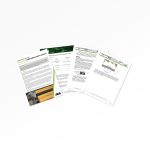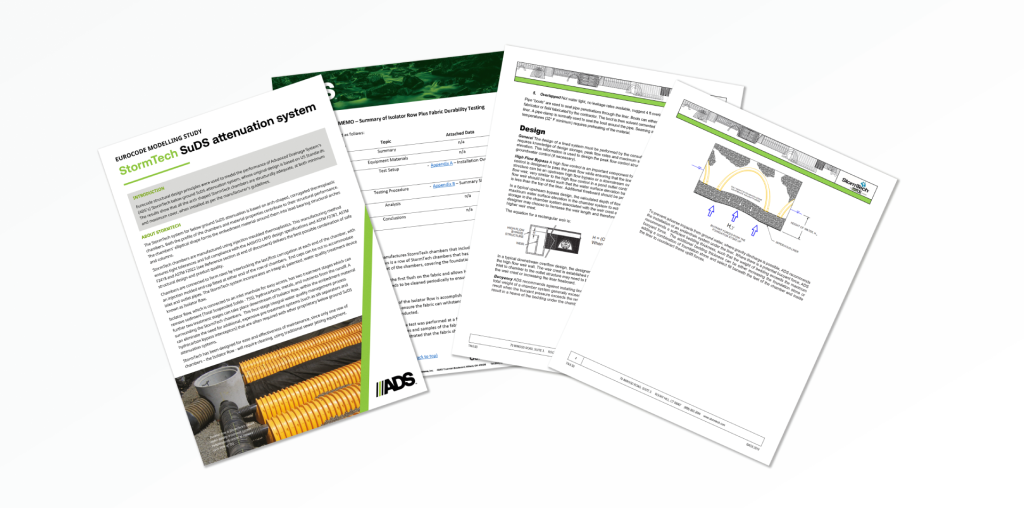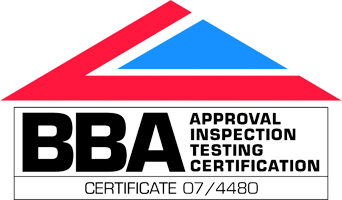Author Archives: leah

Adoptable Sewers: New Rules
Changes to the Design and Construction Guidance for adoptable sewers gives the green light for arch-shaped attenuation chambers.
The Design and Construction Guidance (DCG) for sewers offered for adoption has been updated to include information about arch-shaped below-ground water attenuation chambers. This will make it easier for water companies to adopt such drainage infrastructure – given that certain criteria are met.
“Previously, there was no reference to arch-shaped attenuation structures in the DCG which has meant that it has been more difficult for water companies to adopt them. That all changes with the addition of this extra section,” explains Stuart Crisp, UK manager at Advanced Drainage Systems (ADS) whose StormTech system complies with the new DCG requirements.
The DCG first came into force on April 1st 2020, replacing the long-standing Sewers for Adoption guidance. Developers who design and install sewerage systems in line with the DCG can expect to have their systems adopted by their local water companies – although it should be noted that water companies must be involved at the earliest stages of design and specification to ensure that local requirements and nuances are met.
One of the notable things about the DCG is that it includes information on sustainable drainage systems (SuDS) and that the definition of a sewer has been broadened to include certain SuDS components. This means that water companies in England can adopt SuDS components which are mentioned in the DCG under Section 104 of the Water Industry Act 1991 in the same way that they can adopt pipes, manholes and other infrastructure.

Version 2.2 of the DCG, dated 29 June 2022 and first available through the Water UK website in November last year, means that arch-shaped attenuation structures have now been added to the adoptable SuDS family.
The relevant information can be found in section C7.8 of the document which covers tanks, in clause C7.8.4d which says:
“d) where half pipe or arch structures are proposed, the design must (in addition to the above) demonstrate how the system can be cleaned/jetted and done so without damage or erosion of base materials or membrane. Further design evidence should outline how, in areas of a high-water table, groundwater is kept out of the system and, when positioned under highways, that the loading criteria is acceptable to both undertaker and adopting Highway Authority (if applicable).”
Any changes to the DCG must first be assessed and accepted by the Independent Sewerage Adoption Panel, which is made up of representatives from water companies and developers and then a recommendation made to Ofwat for their approval.
The inclusion of arch-shaped structures has been initially well-received by water companies, reports Stuart Crisp – and paves the way for developers to offer StormTech for adoption, without having to do additional work to prove its suitability. “With the ramping up of legal requirements around pollution control and nutrient neutrality, the timing of this change is good,” he says. “StormTech’s inbuilt water quality treatment stages can enhance removal rates, reduce the need for other treatment and cuts costs.”
For more information on Advanced Drainage Systems, visit www.adspipe.co.uk.



